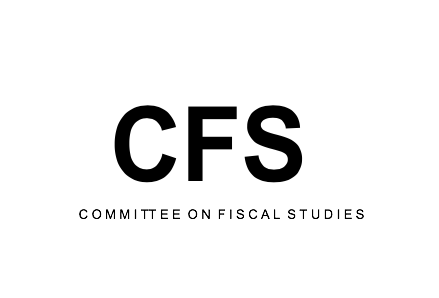Unitary Taxation - A Fit for Purpose International Tax Architecture for Transnational Corporations.
Abstract
The Pandora Papers were a timely revelation of years of persistent, nefarious actions of some Transnational Corporations (TNCs). The outcome of this leak, coupled with dissatisfaction towards the “Arm’s Length Principle”(ALP) and the impetus from scholars’ efforts in the field of international taxation and tax justice activists, legitimise the current discourse around unitary taxation. There is no doubt that the current international taxation framework reeks of 20th century relics. Upon this premise, Prof Sol Picciotto doubled down on a unitary taxation approach for TNCs. Central to his work is the need to rethink the traditionally structured Corporate Income Taxes (CIT), which did not respond to the proliferation of TNCs. Notably, his role and contribution in this field are nearing success and are similarly being validated through the “Unified Approach “ being enshrined in Pillar One of the Organisation of Economic Cooperation and Development’s (OECD) Two-Pillar solution. With the inadequacies of the current tax regime being exploited by devious TNCs through: the creation of holding companies in tax havens under aggressive tax planning schemes, debt shifting and manipulation of transfer pricing (TP), we appreciate the departure from the ALP towards a system that taxes genuine economic activity, despite its political implications and general difficulty in implementation. With developing countries gravely affected by the ALP approach, which treats transnational corporations as separate entities, it goes without saying that the unitary approach presents real benefits for developing countries. This paper seeks to rely on Africa’s extractive sector and the specific Kenyan experience relating to transfer pricing amongst TNCs as a case study to demonstrate need for a unitary taxation regime.



